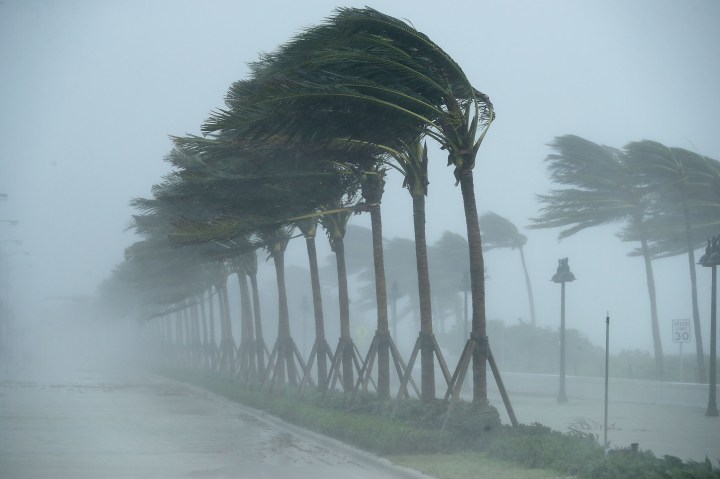
Big storms are coming. Are we ready?

Today is the first day of hurricane season. And between global warming and an ongoing La Niña, this year’s forecast is not looking great. For the seventh year in a row, the National Oceanic and Atmospheric Administration predicts above-average hurricane activity, and 14 to 21 of them may be large enough to get a name. And in the middle of all this, households and governments are facing record inflation that’s affecting how prepared they are for natural disasters.
Most industries rely on networking to get things done. Disaster management is no exception.
“You know, we just could not have all of the resources that you need, you know, whenever a large-scale disaster happens,” said Josh Morton, emergency management director for Saluda County, South Carolina.
Morton relies on neighboring counties and even states for help with staffing and supplies. And those relationships are becoming even more important because, Morton said, “unfortunately our budget isn’t really tied to the number of storms we’re seeing.”
That’s partly because it’s hard to predict storm trajectory … what communities they’ll hit or whether they’ll make landfall at all.
“Historically we’ve only provided relief after the fact and still that is our primary funding source,” said Rick Luettich, who directs the Center for Natural Hazards Resilience at the University of North Carolina at Chapel Hill. “But the whole idea of earmarking a fraction of relief dollars for preventative measures is very helpful.”
A study from the National Institute of Building Sciences said every federal dollar invested in disaster mitigation saves $6. Mitigation includes everything from reinforcing property to raising building standards.
“I mean, preparation is key,” Luettich said.
Preparation may be harder for families this year, who are facing rising prices all around them.
“Inflation does impact evacuation behavior,” said Brock Long, former FEMA administrator.
He added that more people will weigh their safety against the high cost of gas, hotels and food away from home. And that could put more stress on local governments to provide shelter and meals.
“Planning assumptions change when the economy changes,” he said.
And when the economy changes, the cost of recovery changes, too.
There’s a lot happening in the world. Through it all, Marketplace is here for you.
You rely on Marketplace to break down the world’s events and tell you how it affects you in a fact-based, approachable way. We rely on your financial support to keep making that possible.
Your donation today powers the independent journalism that you rely on. For just $5/month, you can help sustain Marketplace so we can keep reporting on the things that matter to you.

















